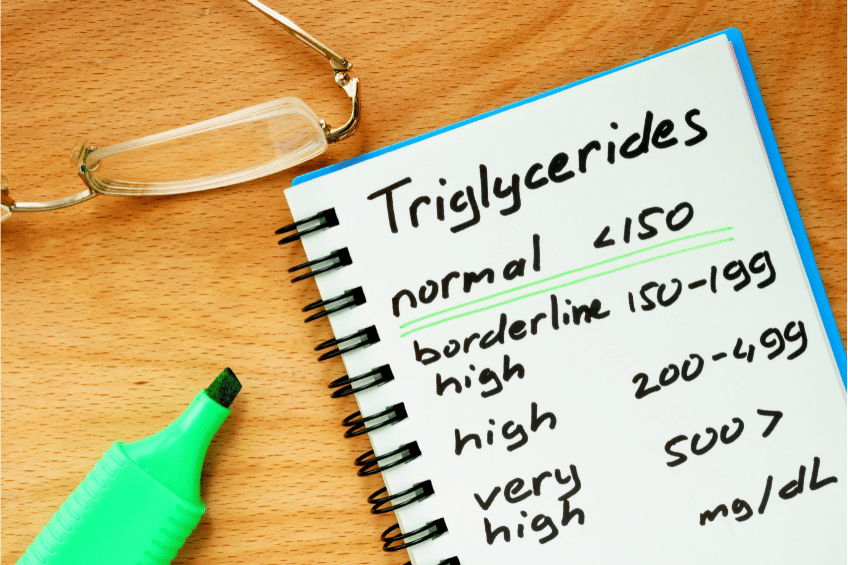What are Triglycerides and why do they matter?
When people find triglycerides in their blood test results, they often wonder what those things are. Are they fats? Are they bad for the body? Well, let’s figure that out. Triglycerides are a type of fat found in your blood, yes. But they are not bad. In fact, they are vital to many body processes and are considered the main form of fat in our body. When you eat, some calories are used immediately for your body’s needs, and some – extra calories – are converted into triglycerides and stored in your fat cells. Later, if you need energy between your meals, they are released by means of hormones and used duly. Next time you eat, the calories your body doesn’t use right away will be packed into triglycerides again until you need them. Thus, having triglycerides in your blood is a very useful energy storing mechanism.
What levels are considered normal?
Triglyceride levels are measured by means of a simple blood test, and the ranges are as follows:
- Normal — Less than 150 mg/dL (1.7 mmol/L);
- Borderline high — 150 to 199 mg/dL (1.8 to 2.2 mmol/L);
- High — 200 to 499 mg/dL (2.3 to 5.6 mmol/L);
- Very high — 500 mg/dL or above (5.7 mmol/L or above) [1]
You will normally be checked for high triglycerides as part of a cholesterol test (a lipid panel or lipid profile). Most guidelines recommend that you fast for 9 to 12 hours before your blood is drawn, for more accurate measurements.
Triglyceride levels are often considered in relation to HDL (so-called “good”) cholesterol – a protective form of cholesterol produced by your body. The triglyceride-to-HDL ratio reflects how many pro-inflammatory triglyceride particles are balanced out by protective HDL cholesterol particles. The best ratio is 1 to 1, which means an exceptional balance. The higher the ratio, the higher the risk of inflammation. [3]
